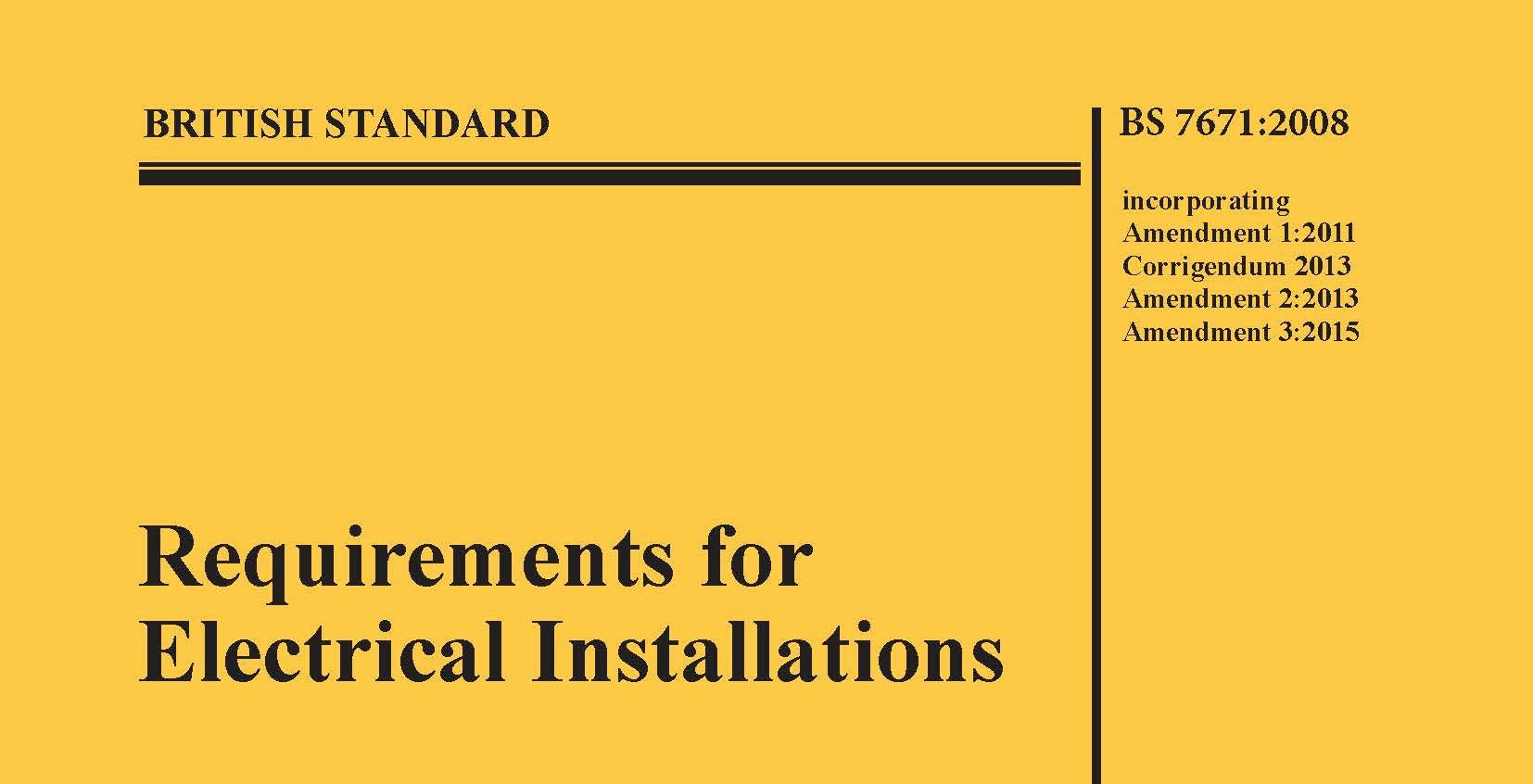A two-year project by Powercor with one of the top independent schools in the UK has become a best-practice case study of how a thorough approach to the use of cutting-edge technology and a solid, technical approach to energy provision can both accelerate a school’s transition to net zero emissions and drastically reduce energy costs.
Queen Anne’s School is an independent boarding and day school for girls aged 11 to 18, with around 450 pupils. The school was originally part of the Grey Coat Hospital Foundation that was founded in 1698 by eight merchants in Westminster. It is based in Reading and has four buildings for boarders and a range of education and sporting facilities.
It was a conversation between the school’s management and a specialist consultant about the need for the school to tackle its lighting and energy issues that gave Powercor the opportunity to work with Queen Anne’s to deliver the solutions they required.
The challenges were two-fold:
- the emergency lighting systems, which comprised in excess of 820 lights, was failing compliance regulations,
- the wider lighting system was inefficient and in need of significant upgrade.
Powercor delivered a proposal that covered the state of the current systems and the solutions that could be delivered; including the potential savings for the school at a time when energy bills were starting to rapidly increase.
Having won the contract, there were a number of clear stages to go through.
Metering and measurement: an important start point
The stages began with the installation of 13 measurement meters across buildings on the school’s campus. The meters provided the school with a detailed breakdown of its energy usage and the capability to identify energy saving “quick wins”.
School buildings, for example, should see a significant reduction in energy consumption over weekends. If the energy usage is consistent across the week, it is likely that lights are being left on which should be switched off when the building is not in use. The same can be said of the four Queen Anne’s buildings in which the pupils board. Energy consumption should reduce overnight. If not then lights and other appliances are being needlessly left on.
The metering also provided Powercor with detailed analysis of the current lighting systems efficiency, and a clear indication of how much the school could save on its bills. Moreover, following installations the client could clearly see that the promised savings were being delivered.
Upgrading the emergency lighting: remote monitoring advantages
After analysing the data with the school, Powercor’s first task was to replace and enhance the emerging lighting system to ensure full compliance. The existing emergency lights were replaced with LEDs, which immediately reduced energy usage. The system was also installed with the Clevertronics automated monitoring system, which monitors the emergency lighting systems and the 2,585 LED lights installed across the site to identify any malfunction remotely. The use of Clevertronics negates the need for physical maintenance inspections and the costs they entail.
Further savings through solar
While the LED systems alone significantly lowered the schools energy usage, and with it progressed its journey to a net zero future, Queen Anne’s sought to drive greater sustainability with the implementation of a solar array across the site. This would enable the school to lessen its reliance on the national grid and with it significantly reduce its energy costs.
The Solar arrays installed across the school’s buildings consisted of 126 panels which generate 50.5KW of energy and a further 114 panels which have the capability to generate an additional 45.6KW.
The installation of the lighting and solar systems needed to be staged to ensure there was no impact on the school and its day to day operation. From the outset of the project the work schedule was agreed with the Powercor teams using the school’s breaks throughout the year to move on site to deliver the project.
Efficiency improvements through behavioural change
Powercor’s involvement did not finish with the installation of the final light and panel.
The team has been working with the school, its pupils and staff to establish behavioural change. This has seen staff and pupils undertake a programme of progress learning on how their actions can make a difference to their energy efficiency.
Results that speak for themselves
That difference has been startling with the school reducing its energy bill by 55%.
Bursar at Queen Anne’s School, Ed Hellings, said benefits the school has achieved in partnership with Powercor have been significant.
“I would highly recommend the Light as a Service contract we entered with the help of Powercor. We managed to install the very best of lighting manufacturers (Philips) throughout the main part of the school, without any capital outlay up front. The savings from the electricity and maintenance cover the cost of the contract and we will have no maintenance or replacement costs for our lighting going forward.
“The reaction from our staff and pupils to the improvement in lighting has been very positive and it has helped us reduce our carbon footprint straight away, which is a great contribution towards our aim of being a more eco aware school.”







